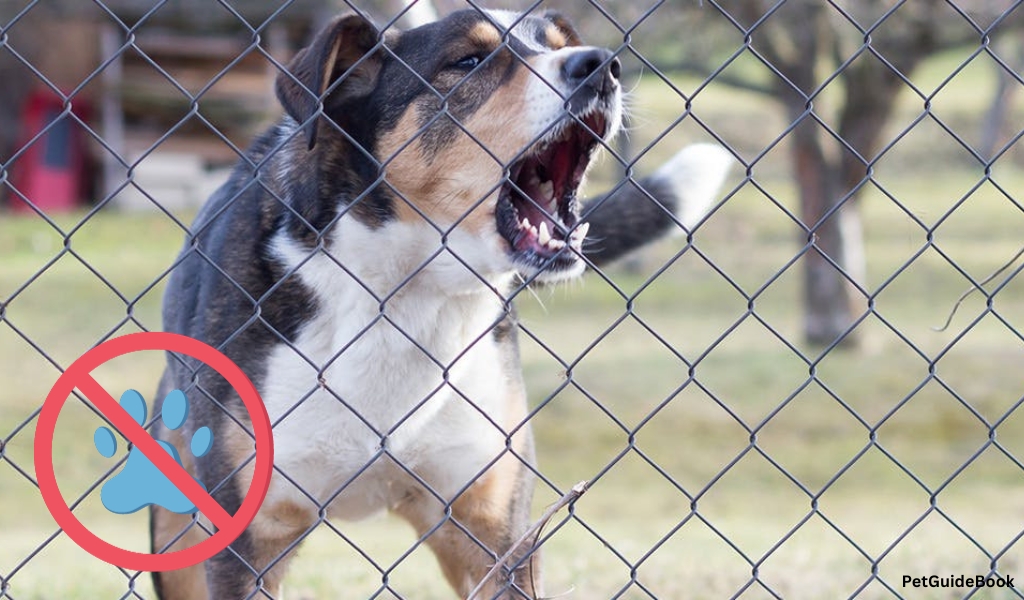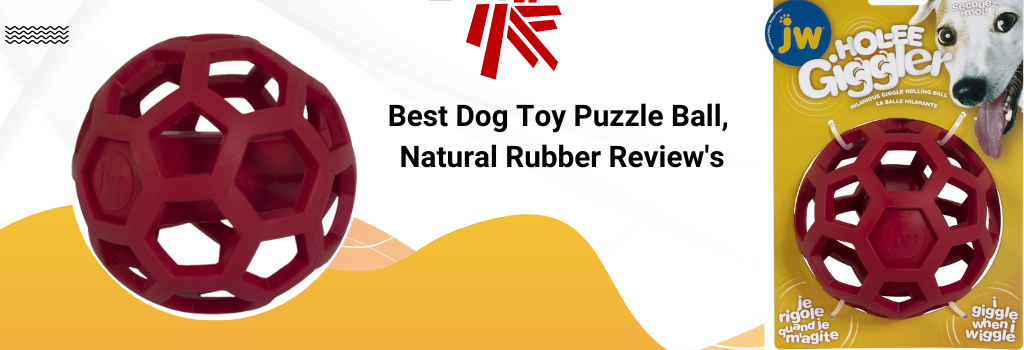Are you concerned about the health of your dog’s eyes? Well, stop worrying! In this post, we will look at seven odd symptoms that may suggest an outbreak of dog eye diseases. From excessive tearing to redness and cloudiness, these symptoms may seem innocuous at first glance, but they may indicate something more serious. You can keep your beloved pet’s eyes healthy and vibrant for years to come by knowing how to identify these symptoms and adopting the required preventative measures.
Consider your energetic puppy bounding over fields, his eyes gleaming with excitement. But what if those bright eyes were tainted with disease? Dog eye diseases are more frequent than you may believe, and they can have a substantial influence on your furry companion’s entire quality of life.
Table of Contents
In this post, we’ll look at seven unusual symptoms that can suggest the presence of such diseases in dogs. You can protect your loyal buddy from potential vision problems by being aware of these unexpected symptoms and making proactive efforts toward prevention.
Understanding the importance of dog eye health
To ensure our canine companions’ well-being, we must first identify and prioritize their eye health. Dogs have certain abilities not found in humans, such as a wider frequency range that lets them see things that people cannot.

It is critical to preserve their eye health not only for sensory perception but also for receiving insights into their general health. Regular veterinary check-ups are vital for detecting any difficulties early on, as symptoms such as redness, discharge, or changes in iris colour may suggest infections, allergies, cataracts, or glaucoma.
Both the pets and their owners must understand the subtleties of dog eyes and keep an eye out for any signs of discomfort or changes. By putting eye health first, we can diagnose and treat potential dog eye diseases early, protecting our beloved companions’ vision and providing a full and fulfilling life for them. Veterinary care on a regular basis is still necessary to preserve our dogs’ eyesight.
Common dog eye diseases and symptoms
1. Pet owners should be aware of conjunctivitis, sometimes referred to as pink eye, as a common dog eye Disease. This disorder, which is characterized by redness and irritation in the eyes, can be brought on by allergies, foreign objects in the eye, or bacterial or viral infections. Dogs that have conjunctivitis may blink, rub or paw at their eyes, tear excessively, and discharge from their eyes.
2. Cataracts are another common dog eye ailment that occurs when the lens inside the eye gets hazy or opaque. Cataracts can impair vision and even cause blindness if left untreated. Dogs with cataracts may have a cloudy or blue colour over their lens, have trouble seeing well or stumble into things, become more clumsy, or refuse to engage in activities they used to like.
3. Glaucoma is another dangerous eye condition that affects many breeds of dogs. It happens when fluid accumulation causes an increase in intraocular pressure. This illness has the potential to cause irreparable optic nerve damage and blindness if left untreated. Glaucoma symptoms include pain or discomfort surrounding the eye area followed by excessive blinking or frequent squinting, redness in one or both eyes and a hazy look to the cornea (the clear surface covering the front of the eyeball).
By being aware of these common dog eye diseases and their corresponding symptoms – such as conjunctivitis causing redness
Surprising signs that indicate potential eye problems

Excessive tearing and changes in eye colour serve as unexpected indicators of potential dog eye diseases in dogs. Constant tears may indicate underlying concerns, including eye allergies, infections, or more serious disorders such as corneal ulcers or glaucoma, highlighting the importance of close monitoring.
Furthermore, changes in eye colour may indicate difficulties with the iris or lens, possibly caused by illnesses such as uveitis or cataracts, which, if left untreated, can result in vision loss. Checking for these indications regularly allows for early diagnosis and fast veterinary intervention to address suspected dog eye diseases and preserve optimal ocular health. Keep in mind that regular veterinarian visits are essential for your pet’s vision and overall health.
Preventative measures for maintaining healthy dog eyes
Cleaning your dog’s eyes regularly is an important preventive measure for preserving their ocular health and avoiding dangerous dog eye diseases. Remove any discharge or debris around their eyes with a clean, damp cloth or specially formulated eye wipes to prevent bacteria buildup and infection risks. Furthermore, keeping your dog’s facial hair clipped, especially around the eyes, is critical in preventing irritation and reducing the likelihood of extra hair scratching their eyes.
Getting enough nutrients is also crucial for keeping dog eyes healthy because it helps avoid problems related to the eyes. A healthy diet rich in antioxidants such as vitamins A, C, and E can protect eye health by protecting cells from free radical damage. Consider including eye-friendly foods like carrots, blueberries, and salmon in your pet’s diet because they are known to promote good eye health in both humans and animals.
Preventive measures also include avoiding exposure to harmful environmental factors that could irritate or damage your dog’s delicate ocular tissues, thereby reducing the risk of potential dog eye diseases. For example, always remember to use dog sunglasses or a hat with a wide brim to protect your dog’s eyes when you take them for a walk on a sunny day. Avoid exposing them to secondhand cigarette smoke as well, as it has been related to persistent eye disorders such as cataracts.
By incorporating these preventive actions into your daily routine, you may help guarantee that your pet has excellent ocular health for the rest of their life. Investing time in these measures, whether it’s through regular cleaning routines or providing them with nutrient-rich feed and protection from environmental risks, can greatly contribute to preventing potential dog eye diseases and supporting long-term eye health for your dog.
Tips for regular eye care routine
Caring for your dog’s eyes is essential for their general health and can help prevent many common dog eye diseases. First, clean the area around their eyes with a moist cloth or dog-specific wipes to eliminate debris. Another important suggestion is to regularly check for redness, swelling, or discharge, as these symptoms can indicate conjunctivitis or infection. Emergency veterinary assistance is necessary for assessment and treatment if anything unusual is noticed.

Furthermore, good maintenance is essential, including clipping the hair around their eyes to avoid irritation and reduce the danger of debris entering their eyes. Frequent trips to a professional groomer contribute to general hygiene maintenance by keeping the eye region tidy. By incorporating these activities into your daily routine, you actively support good vision for your beloved canine friend, highlighting the importance of preventative care in avoiding potential dog eye diseases and preserving robust ocular health.
Importance of regular vet check-ups
Frequent vet visits are critical for our dogs’ overall health, as they help to avoid any health issues and detect early warning signs of diseases. During these appointments, veterinarians assess weight dental health and perform examinations, including looking for common but easily neglected issues such as dog eye diseases. Early detection of eye problems allows for rapid treatment, preventing irreparable damage and preserving your pet’s vision.
Regular vet visits also provide an opportunity to discuss any concerns you have about your dog’s health, such as nutrition, exercise, behavioural changes, and preventive care measures such as immunizations or parasite treatment. Routine visits to a reputable veterinarian are essential for preserving your dog’s health, assuring early diagnosis of concerns such as dog eye diseases, and providing comprehensive treatment for your cherished companion.
Conclusion: Taking proactive steps for your dog’s eye health
Finally, preventative steps are critical for maintaining your dog’s eye health. Regular vet visits are critical for early diagnosis and treatment of potential problems, such as dog eye diseases. Good hygiene, such as frequent gentle wiping around your dog’s eyes, prevents dirt and debris from accumulating, which can lead to diseases.
Another important component of preserving your dog’s eye health is to monitor their food. A healthy vision is promoted by a well-balanced, nutritious diet rich in vitamins A, C, and E, which can be found in foods such as carrots, blueberries, leafy greens, and fish oil. Additionally, protecting your dog’s eyes from dangerous UV rays is critical. Investing in quality UV-blocking dog goggles or visors reduces the danger of UV-related issues. By taking these preventative measures and remaining watchful about your dog’s eye health, you may ensure good eyesight and optimal ocular function for the rest of your life. You can keep your beloved pet’s eyes healthy.





